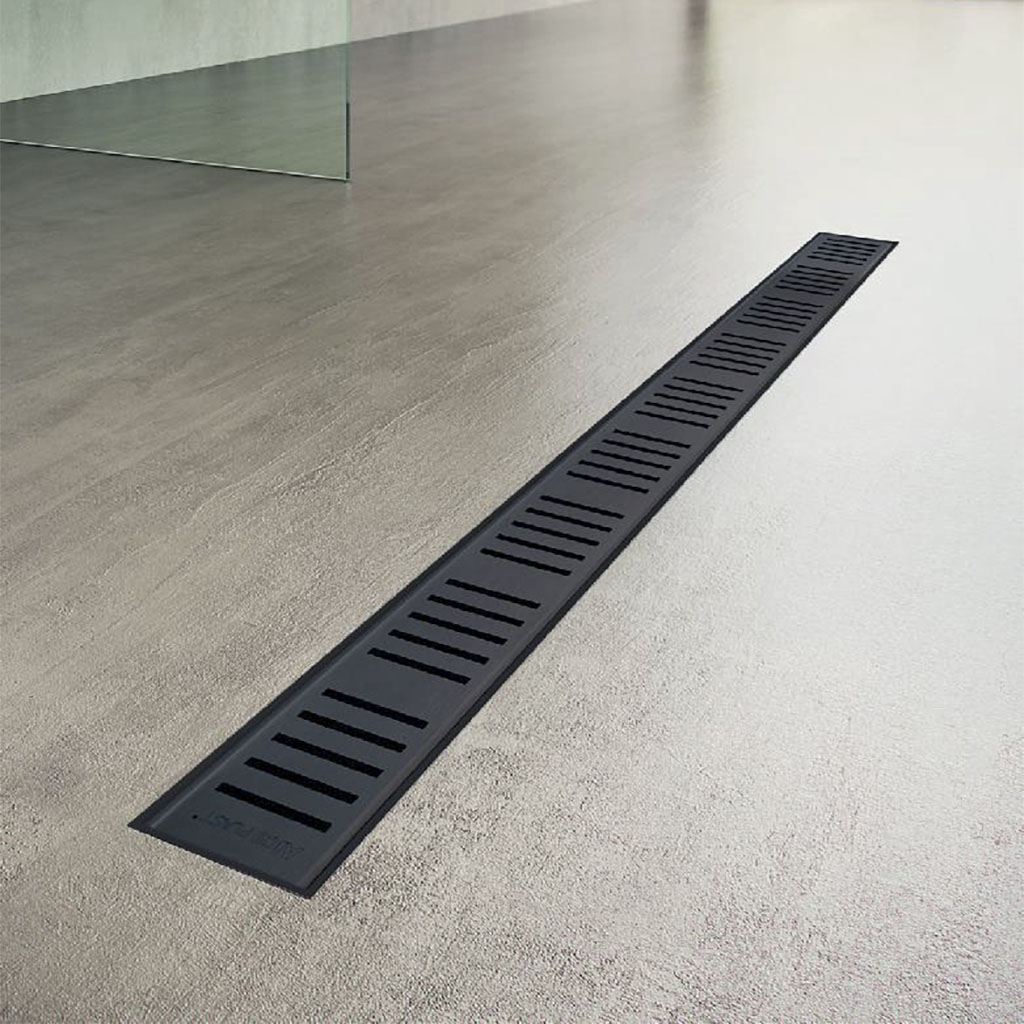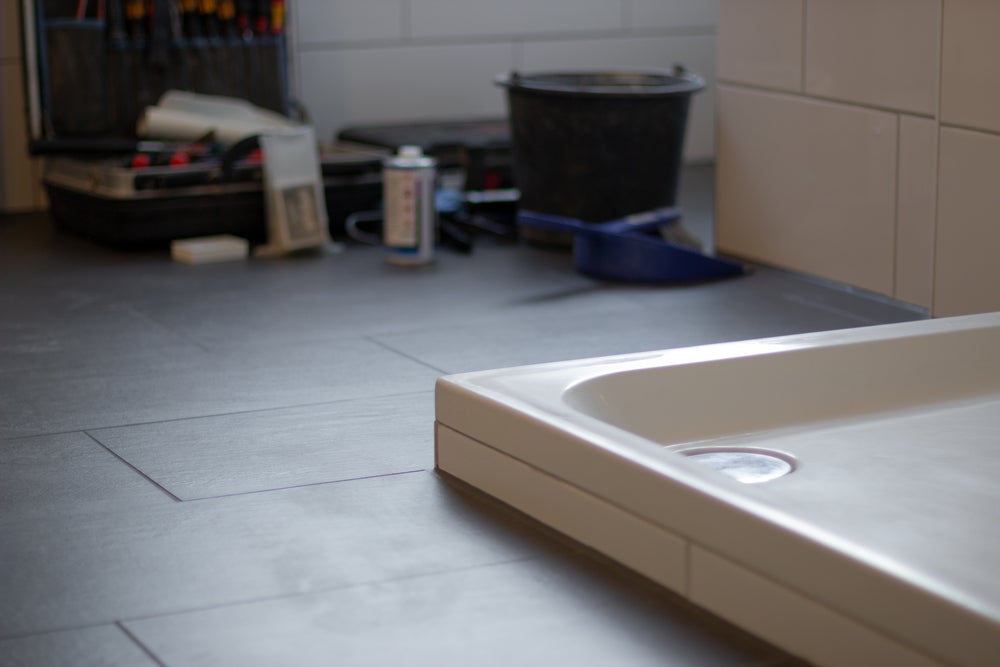How To-Tips for-Step-By-Step Guide on DIY-Do-It-Yourself-Self-Installed Shower Drain-Bathroom Drain-Drainage System Installation-Setup-Project
How To-Tips for-Step-By-Step Guide on DIY-Do-It-Yourself-Self-Installed Shower Drain-Bathroom Drain-Drainage System Installation-Setup-Project
Blog Article
How do you really feel on the subject of How to Install a Shower Drain?

Updating a restroom is just one of the much more preferred home enhancement tasks. Dealing with the plumbing for draining your shower can be exceptionally simple unless you overdo it.
Handling Your Own Shower Drainpipe Installment Task
Whether you are a bathtub or shower individual, many people search for shower only options when purchasing a home. This simple truth implies more than a couple of homeowners spend a weekend break updating or mounting showers in their shower rooms. Thankfully for you, it is a fairly straightforward procedure.
A collector or frying pan refers to the horizontal surface area situated at the bottom of the shower. The collector typically includes a non-slip surface a little banked towards the facility or anywhere the drainpipe is located. Incorporated with three to 4 inch walls around the side, the goal of your shower water drainage plumbing is to get the water to move to and down the tubes.
You can literally build a collection agency for your brand-new shower, but you truly require to think about it. Do you truly intend to get into the problems of obtaining the sloping proper, not to mention ensuring every element of it is water resistant? As well as I indicate every element! It is a lot easier to just purchase a pre-cast collection agency online or at your regional Lowes, Residence Depot or hardware store. Structure one might seem like a great concept, yet you will probably feel in different ways after a couple of hours.
Despite just how you deal with getting a pan, you must strive to make use of one that has the drainpipe situated in the exact same area as the original pan. Relocating the drainpipe pipelines can be a task, particularly if the builder made use of an one-of-a-kind framework structure. If you are determined to relocate the drain, you are going to have to cut down the pipeline or lengthen it, which might mean destroying huge portions of the floor. Rephrase, you are going to be considering a multiple weekend job.
Thinking we have our drain aligned, the actual connect is rather basic. The drainage pipeline ought to be facing vertical approximately the collection agency. It will certainly usually resemble a "U", which suggests it works as a cleanout to maintain unpleasant smells from coming back up from the drainpipe. To attach the drain, you are going to develop a water limited connection in between a drainpipe cap on the top of the pan and the water drainage pipe. Systems differ, however you are generally mosting likely to do this by putting a combining piece on the top of the water drainage pipe. This is after that covered with gaskets as well as essentially screwed into the drainpipe cap. The drain cap must act as a locknut, to wit, it screws straight onto the combining.
The challenging part of this procedure is getting your drain cap to suit a watertight setting in the frying pan. This is completed by backing off the drain cap once you make certain every little thing fits together. At that point, you placed plumbing professionals putty around the bottom of the cap and after that screw it back on. The putty should create a tight seal between the cap and also the shower pan, which maintains water from dripping under it and also into the mounting under the shower.
Undoubtedly, bathroom showers can be found in a wide range of designs nowadays. If you acquire a collector, they usually featured plumbing instructions or the shop can keep in mind anything unusual you ought to recognize. It seems intricate, but is usually rather straight forward. Have fun!
Tips for Installing a Shower Drain Assembly
Renovating a bathroom can be exciting as well as fulfilling if you’re tackling the job DIY-style. After you cross off the bigger decisions such as tile style, paint colors, and fixtures, you’ll need to finalize smaller details – such as the shower drain. In this article, we’re sharing some tips for selecting and installing the right drain assembly for your updated shower.
What is a shower drain assembly?
Shower bases or pans typically only come with a pre-drilled drain hole. Since the pan slopes toward the drain, you should consider the placement – left, center, or right – when designing your shower. You’ll need to purchase and install a shower drain assembly that connects the shower pan to the drain pipe underneath the shower. There are a few types of assemblies, which will be covered below.
Size of a shower drain
When it comes to installing drains, size matters. The recommended pipe size for a shower drain is 2 inches, whereas most tubs use 1.5-inch pipes. Why the difference?
Shower pans are shallower than tubs, so there’s a higher risk for overflow. So, the larger pipe allows for quicker draining. If you are replacing an old tub with a newer stand-up shower, you will need to make additional plumbing adjustments to accommodate the 2-inch pipe.
Types of shower drain assemblies
There are three common types of shower drain assemblies: compression shower drain, solvent-glue shower drain, and tile shower drain. The layout, design, and materials of your shower can determine which type of shower drain assembly will work best.
Compression shower drain
This type of assembly attaches to the drain pipe with compression washers and nuts. The drain fitting is typically installed into the base, and then the base is installed into the bathroom floor. This makes compression-style drains easier to install than other options, particularly if you don’t have easy access from the floor under the shower base. Drains are available in a wide range of materials such as PVC (polyvinyl chloride), ABS (Acrylonitrile Butadiene Styrene), and brass, and can be used for acrylic, fiberglass, and steel shower bases.
Solvent-glued shower drain
Made of either polyvinyl or ABS, this type of shower drain is sealed to the drain pipe with solvent glue and silicone. Since you’ll be working underneath the drain pan, we only recommend using this type of drain if you have access under the shower, such as from a basement or crawlspace. It’s also important that you match the type of plastic of the drain with the drainpipe. If you take these precautions, you can install a solvent-glued drain assembly with acrylic, fiberglass, and steel shower bases.
Tile shower drain –
Drain assemblies for custom tile showers feature a waterproof membrane liner placed between two flanges. The tile is installed on top of the liner, collecting any water that seeps through the porous grout. A metal strainer is installed in line with the tile over the drain.
https://www.epshawaii.com/blog/tips-for-installing-a-shower-drain-assembly/

We hope you enjoyed our excerpt about How to Install a Shower Drain. Thanks so much for finding the time to read our content. Sharing is nice. You never know, you may be doing someone a favor. I truly appreciate reading our article about How to Install a Shower Drain in a Basement.
Report this page